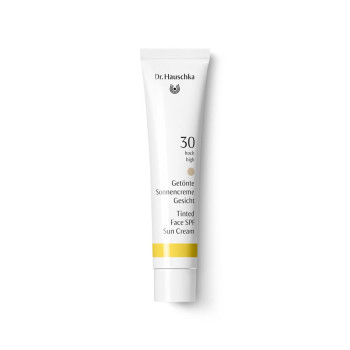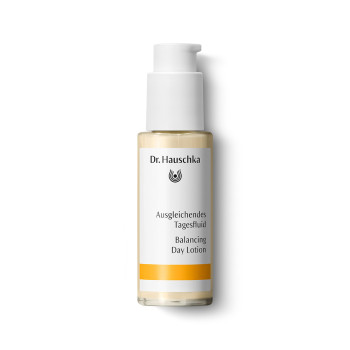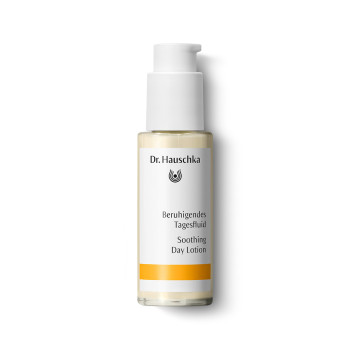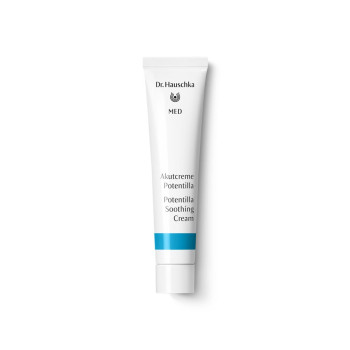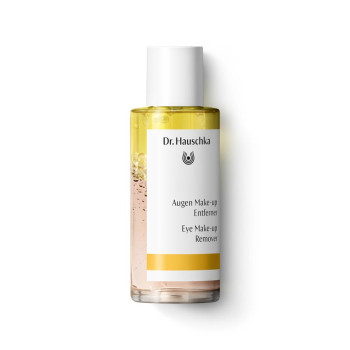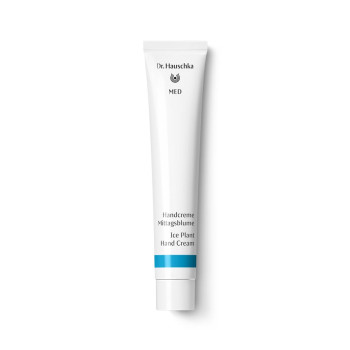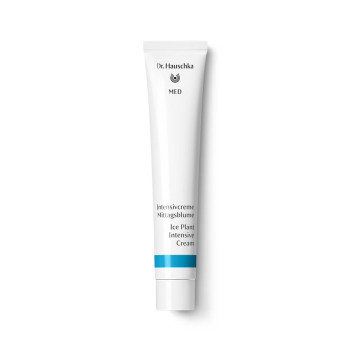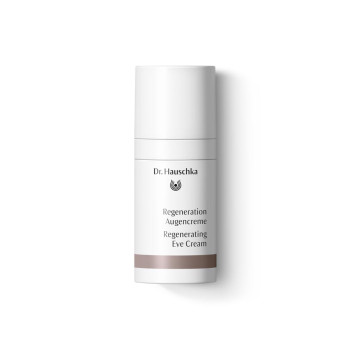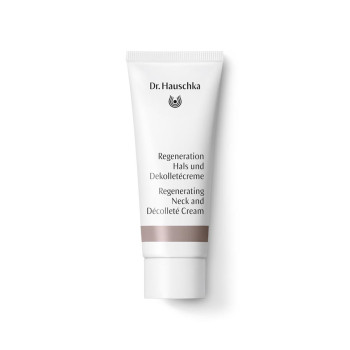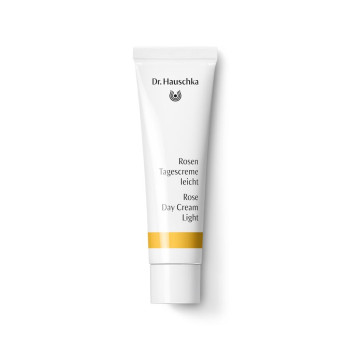
Sesame
Synonyms: Benne, gingili, teel
Scientific Name: Sesamum indicum L.
Family: Pedaliaceae (sesame family)
Habitat
Tropical East Africa.
Constituents
Sesame seeds: up to 60 per cent oil, 30 per cent protein, vitamin E, folic acid, B-complex vitamins (especially niacin), magnesium, calcium and phosphorus.
Sesame oil: 42% oleic acid, 44% linoleic acid, 14% saturated fatty acids and the phenols sesamol (3,4-methylenedioxy-phenol) and sesaminol, which have antioxidant properties.
Description
Sesame is an erect annual plant that can grow to a height of two metres and is similar in appearance to our foxglove. It bears elongated oval leaves on a stem which can be branched or unbranched, depending on the variety. Approximately six weeks after sowing, the sesame plant develops furry, tubular flowers reminiscent of a cornucopia in shape. The flowers can be white, yellow, pink or violet. They may be speckled and grow in groups of three in the leaf axils. The flowers are usually self-pollinated and in most cases only the middle fruit of the group fully ripens. The long taproot has many lateral roots. The plant is native to tropical and subtropical regions and needs much warmth and moisture for its growth and dry weather for the seed to ripen. When the seed capsules have turned brownish black they burst and release the ripe seeds, which may be white, light brown or black, again depending on the variety.
Another plant belonging to the sesame family is Devil’s claw (Harpagophytum procumbens).
Interesting Facts
Sesame is probably the oldest reported oil plant. It spread through human intervention from East Africa to North Africa and eastwards to India and China. All cultures gave it names that sound similar to sesame; for example in Arabic it is called simsim, in Aramaic sums ma and in Greek sesamon. It is likely that the name refers to sesame as an oil plant: the Accadian word šamaššamm? could be made up of šamnu = oil, fat and šammum = plant.
A clay tablet dating from the year 2000 BC shows that sesame was already highly prized at this time. In Babylonian cuneiform symbols it bears the inscription: “The gods flavour with sesame”.
The prized seeds were placed in Egyptian graves and were found, for example, in the grave of Tutankhamen (Egyptian king from 1333 to 1323 BC). A painting in a 4000-year-old Egyptian grave shows a baker stirring sesame seeds into his dough.
Homer’s Iliad from the 8th century BC tells how the beautiful Hera, wife of Zeus and protector of marriage and giving birth, is supposed to have anointed herself with sesame oil before setting out to seduce Zeus. In Ancient Greece sesame oil was used as the anointing oil for births, marriages and deaths.
Open Sesame! This magic phrase from the oriental tale of ‘Ali Baba and the Forty Thieves’ opened the cave hiding the treasure of the forty thieves. The phrase reflects the fact that sesame was a valuable commodity in the Babylonian/Assyrian era and is a parable for the sesame harvest in those times. The peasants had to wait for the precise moment when the sesame seed was almost ripe but not so ripe that the seed capsules opened of their own accord. If this happened the tiny seed inevitably fell to the ground and was lost. In today’s cultivars the sesame seed capsule does not open spontaneously, making harvesting much easier.
One kilogramme of sesame contains around 260,000 to 399,000 seeds and produces about 300 millilitres of oil. The residue left after pressing for the oil provide a protein-rich animal feed. Incidentally – sesame oil mills are reputed to be magical places. According to folklore they are home to numerous spirits.
The plant in our products
The substances that make sesame oil so stable also protect our skin against premature aging. The oil also provides some protection against UV rays. It cares for the skin, smoothes, has lipid-replenishing properties and keeps the skin supple. The sesame oil contained in Dr. Hauschka Skin Care is sourced from certified organic cultivation in Mexico. It is contained in:

